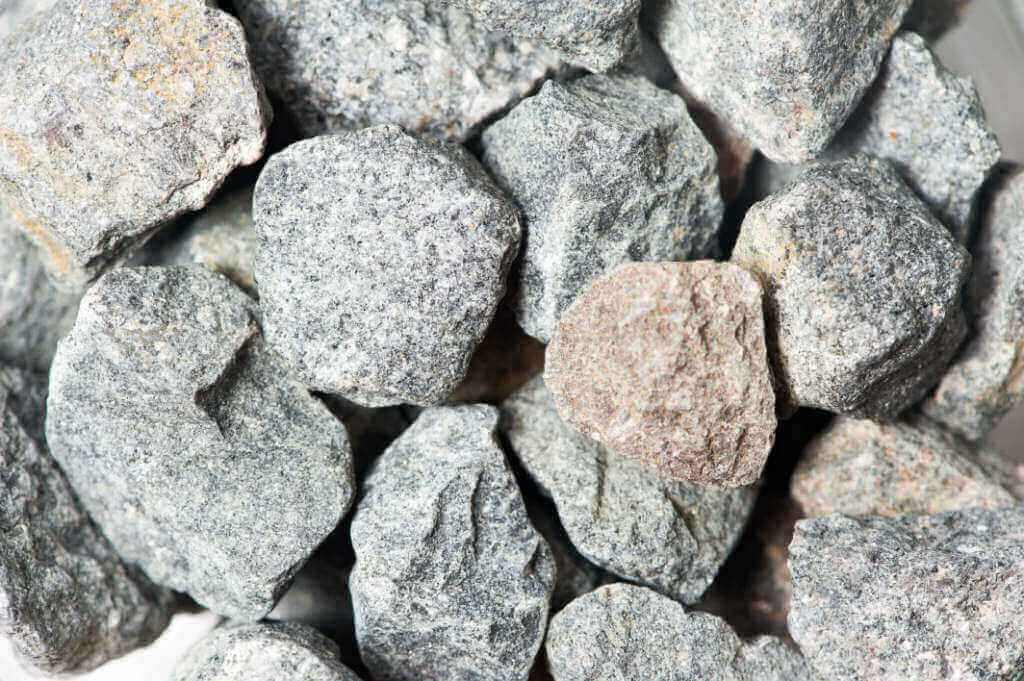
Aggregates are the most important constituents in concrete. They give body to the concrete, reduce shrinkage and effect economy. Natural aggregates are inert granular materials such as sand, gravel stone or crushed stone that are used with a binding medium i.e. water, bitumen, portland cement, lime, etc. to form compound materials i.e. asphalt concrete and portland cement concrete.

Sources of Natural Aggregates
Almost all the natural aggregate materials originate from bed rocks. There are three types of rocks; igneous, sedimentary and metamorphic. These classifications are based on the manner of formation of rocks.
It may be recalled that igneous rocks are formed by the cooling of molten magma or lava at the surface of the crest (trap and basalt) or deep beneath the crest (granite). They are hard, tough and dense. They may be acidic or basic depending upon the percentage of silica content. They may occur in light colours or dark colours.
The sedimentary rocks are formed below the sea bed and subsequently lifted up. Sedimentary rocks vary from soft to hard, porous to dense and light to heavy. The degree of consolidation, the type of cementation, the thickness of layers and contamination, these all are important factors to determine the suitability of sedimentary rock for concrete aggregates.
Metamorphic rocks are originally either igneous or sedimentary rocks which are subsequently metamorphosed due to extreme heat and pressure. Many metamorphic rocks particularly quartzite and gneiss have been used for the production of good concrete aggregates.
The concrete making properties of natural aggregates are influenced to some extent on the basis of geological formation of the parent rock together with the subsequent processes of weathering and alteration.
Note: Within the main rock group, for example, granite group, the quality of aggregate may vary to a very great extent owing to changes in the structure and texture of the main parent rock from place to place.
Also Read:
Classification of Aggregates According to Nature of Formation
Size Wise Classification of Aggregates
Shape Wise Classification of Aggregates
Check the Quality of Sand at Site!
Crush Sand vs Natural Sand: Make the Right Choice
7 Lab Tests the Aggregate should Satisfy for Use in Concrete































